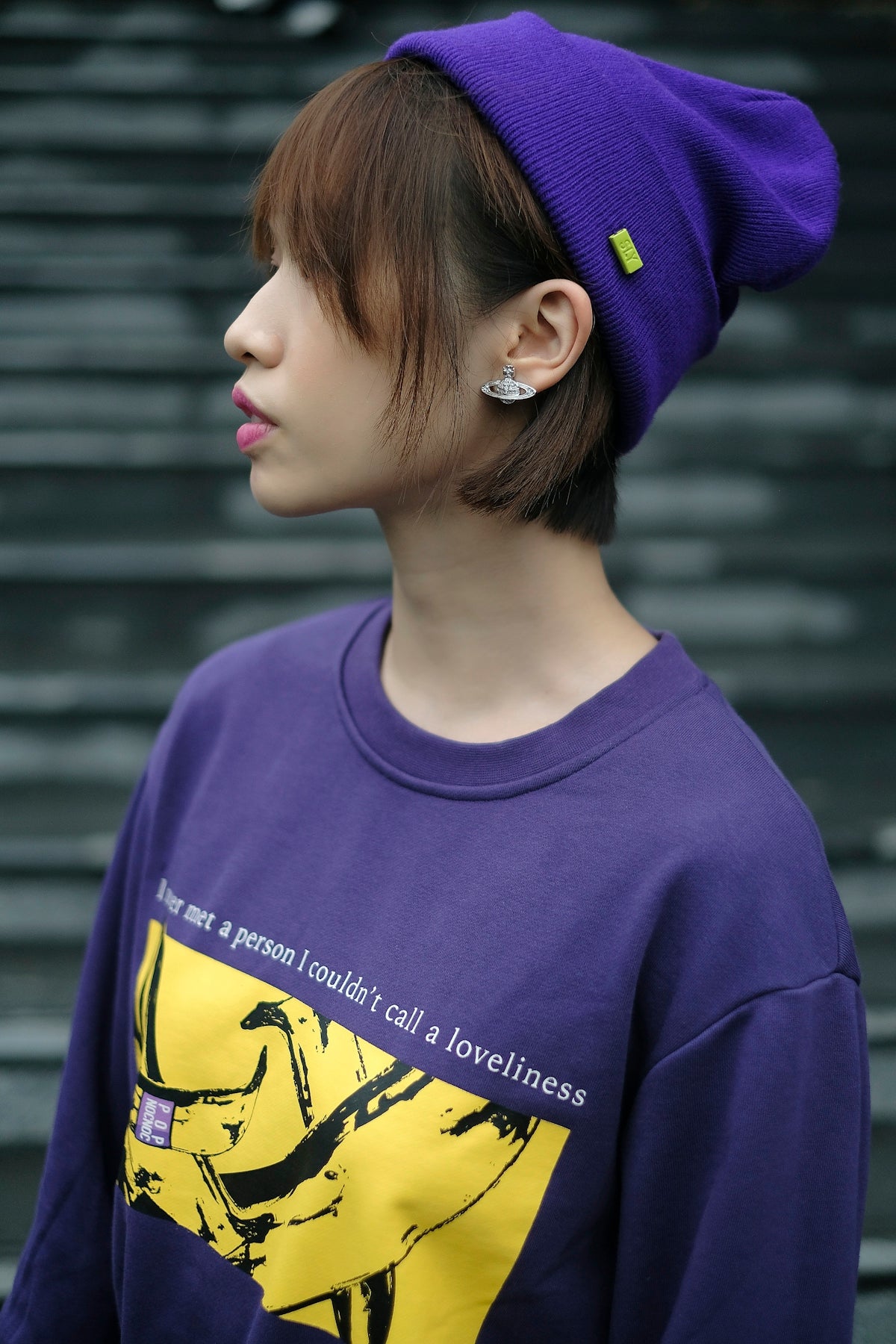Urban design is ever-evolving, a compelling mosaic of diverse cultural expressions that narrate the life and rhythm of a city. Streetwear holds a significant sway over this dynamic landscape. As a fashion subculture, streetwear originated from a blend of skateboarding, hip hop, and 1980s nostalgia. Today, it has transcended its roots to influence not just fashion, but the very ideation and structuring of urban spaces.
Streetwear: A Canvas of Urban Expression
Streetwear has long been a voice of the streets, manifesting in oversized silhouettes, bold prints, and utility-inspired designs. These threads are not merely clothes but a form of expression reflecting urban youths' response to the transitory environment around them. As cities grow and transition, their architecture begins to echo this eclectic style. The integration of bold aesthetics, raw materials, and open spaces into urban design draws parallels to the streetwear ethos.
The Fabric of Functionality
The utilitarian aspect of streetwear, characterized by practical, adaptable, and innovative clothing, mirrors today's urban landscape, which emphasizes functionality and sustainability. The Leather Collar Corduroy Jacket encapsulates this trend perfectly. Its durable fabric and refined design are reminiscent of modern urban architecture, where every aspect serves both form and function.
Urban planners borrow from this functional ethos by creating public spaces that offer utility. Consider how parks double as communal retreats, or how skateparks — once considered niche — are integrated into urban planning because they serve both recreational and social functions.
Fashion Meets Function: Urban Aesthetics
Streetwear’s stylistic versatility inspires architects and planners to variate from traditional aesthetics. The style’s inclusion of vibrant colors, layered patterns, and unique textures finds its reflection across murals, graffiti art, and structural designs.
For example, the Urban Checkmate Outfit presents a checkerboard pattern that is not just a style statement but an iconographic layout that finds itself mirroring the tiled plazas and pavements in urban settings. Such patterns promote visual continuity, inviting residents and visitors to engage with the space in novel ways.
Colors and Fabrics Influencing Urban Palettes
Modern urban designs leverage bold color palettes and unusual textures, reminiscent of streetwear’s daring style choices. Think lime-green park benches or modular homes that play with surface textures. Just as street style makes bold statements with its palette, urban landscapes are increasingly colored to reflect vibrancy and diversity.
The Smoke Gray Crochet Summer Jumper captures this spirit. Its muted yet sophisticated hue reflects the gray architecture of metropolitan cityscapes, evoking timeless elegance that can be seen in urban developments around the world.
Sustainability: The New Ethos
Streetwear's burgeoning focus on sustainability is impacting city planning. From eco-friendly materials to responsible sourcing, streetwear brands are aligning with global sustainability goals. This influence is evident in contemporary urban projects that prioritize green spaces, renewable energy, and sustainable building methods.
Urban design manifests this philosophy through green roofs, solar-powered public lighting, and city-wide recycling programs. The transition to a sustainable lifestyle is both a fashion statement and an urban necessity.
Individualism and Community Spaces
Streetwear is a movement rooted in personal identity and cultural connectedness. This dual focus of celebrating individuality while fostering community is seamlessly integrated into urban designs, creating spaces that respect personal expression while encouraging social interaction.
Clothing items such as the Carrot Crochet Scallop Edge Sweater symbolize this harmony. The unique design allows personal expression, while its comfort and versatility reinforce a collective sense of belonging.
Crafting Community Through Public Art
Streetwear has embraced collaborative art forms like graffiti and murals, which have transformed both the walls they grace and the social settings surrounding them. These art forms venture past aesthetics to become symbols of community pride and history. They create vibrant, shared spaces that attract interaction, dialogue, and understanding — an essence vital for harmonious urban development.
Conclusion
Streetwear is more than just a trend; it is a cultural embodiment that continues to shape modern urban design. From its creative audacity and functional intelligence to its sustainable initiatives and communal spirit, streetwear does not merely influence the appearance of cities but helps define their identities. It provides a framework for future generations to express their individuality while collectively contributing to the fabric of urban life.
For more innovative and stylish pieces that reflect today's urban fabric, explore the FashionFitz Store.
Note: Links in this article will lead you to explore fashion pieces that align with the modern urban sensibilities discussed here.





0 comments